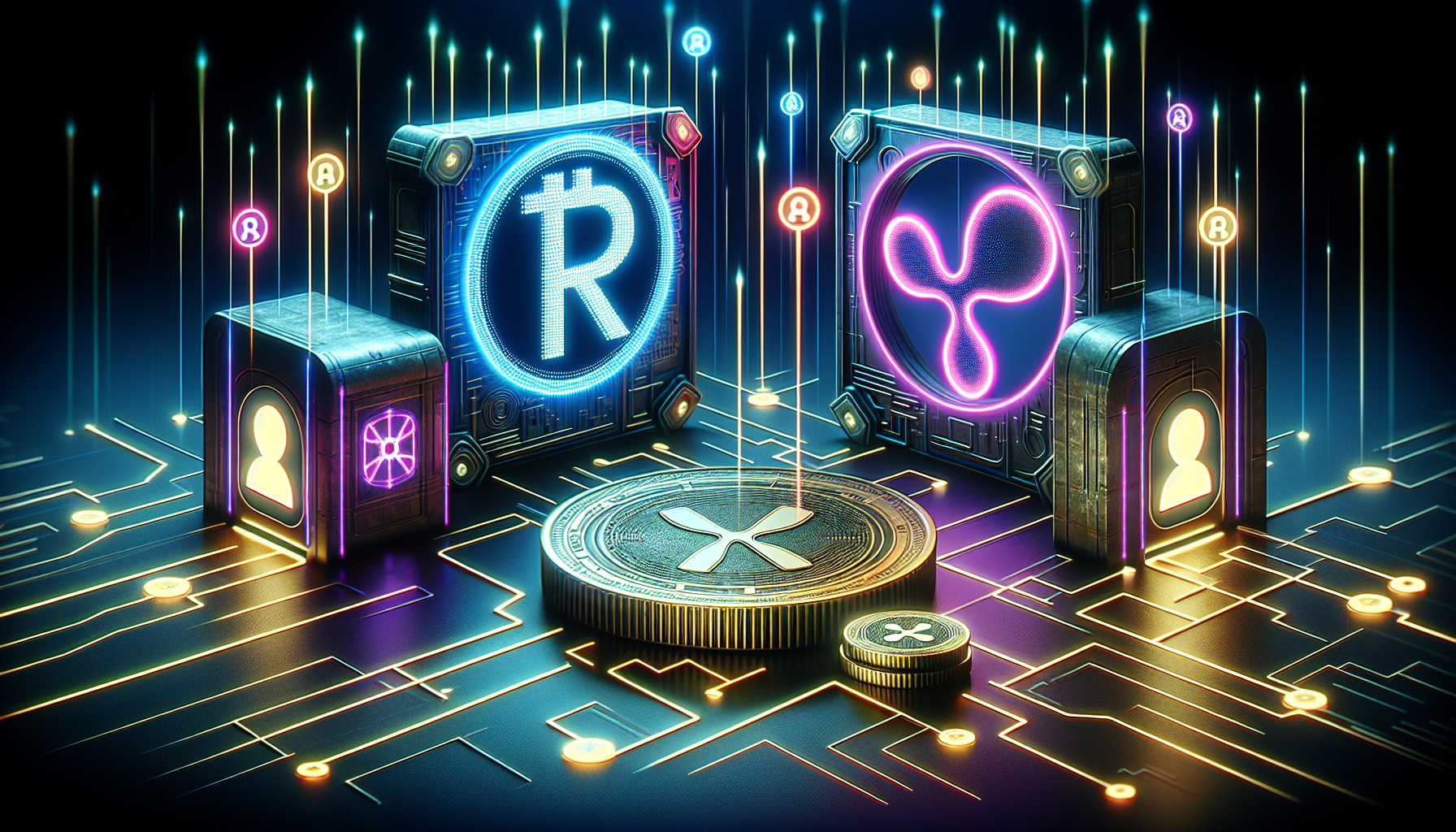
tl;dr
Ripple’s XRP Ledger is launching a groundbreaking roadmap to revolutionize how institutions engage with blockchain, blending lending protocols, zero-knowledge privacy, and tokenization while prioritizing compliance and decentralization.
Ripple’s XRP Ledger (XRPL) is gearing up for a major transformation. On September 22, the company unveiled a roadmap that promises to redefine how institutions interact with blockchain, blending cutting-edge innovation with regulatory rigor. This isn’t just another upgrade—it’s a strategic push to position XRPL as a cornerstone of institutional DeFi. Here’s what’s brewing.
### **Lending Meets the Ledger**
The centerpiece of the roadmap is a **native lending protocol** set for Version 3.0. This isn’t your average yield farming setup. Instead, it introduces **Single-Asset Vaults**, which aggregate liquidity and issue transferable vault shares. Think of it as a decentralized bank, but with blockchain’s transparency. Institutions can now execute pooled lending and underwritten credit directly on the ledger, automating loan lifecycle management—from issuance to repayment tracking—while keeping risk assessment off-chain. This hybrid model balances efficiency with the established frameworks institutions rely on.
### **Privacy Without Compromise**
Ripple is also diving into **zero-knowledge privacy features**. By 2024, the XRPL will roll out **Confidential Multi-Purpose Tokens (MPTs)**, allowing users to manage collateral privately while still meeting compliance standards. Imagine proving your identity for a loan without revealing your wallet address. Zero-knowledge proofs (ZKPs) enable auditors to verify transactions without exposing sensitive data, a game-changer for regulated entities. This isn’t just privacy—it’s a bridge between blockchain’s openness and the confidentiality demanded by banks and governments.
### **Tokenization 2.0**
The roadmap also introduces the **Multi-Purpose Token (MPT) standard**, launching in October. These tokens aren’t just digital assets—they’re financial instruments with embedded metadata. A bond could carry its maturity date, a money market fund its yield, and a structured product its risk tiers, all without needing smart contracts. DEX integration and AMM liquidity pools are on the horizon, making it easier to trade these complex assets natively on XRPL. It’s like having a stock exchange on a blockchain, but with the flexibility to represent anything from corporate debt to real estate.
### **Compliance Meets Decentralization**
Ripple isn’t ignoring the regulatory world. Three new tools—**Credentials**, **Deep Freeze**, and **Simulate**—are designed to make XRPL a safer bet for institutions. Credentials link to decentralized identifiers, letting trusted entities attest to KYC status. Deep Freeze halts transactions from flagged addresses until they’re “unfrozen,” a critical tool for sanctions compliance. Simulate lets developers test transactions before they hit the network, reducing risks for high-stakes operations.
Then there’s **Permissioned Domains** and **Permissioned DEX**, which are still under validator voting. These features let institutions create gated markets where participation is verified, all while preserving the speed and efficiency of a decentralized exchange. It’s a delicate balance—privacy, compliance, and decentralization, all in one.
### **The Big Picture**
This roadmap isn’t just about XRP or RLUSD. It’s about positioning XRPL as a protocol layer for institutional finance. From stablecoin payments to collateralized lending and tokenized assets, Ripple is betting that blockchain can handle the heavy lifting of traditional finance—without sacrificing security or transparency.
So, what does this mean for the future? If successful, XRPL could become the backbone of a new financial infrastructure, where institutions leverage blockchain’s strengths while navigating regulatory requirements. It’s a bold vision, but one that’s increasingly relevant in a world where crypto and traditional finance are colliding.
For investors and developers, this roadmap is a sign that XRPL isn’t just surviving—it’s evolving. The question is, will the market keep up?